Models include: Viper & Venom
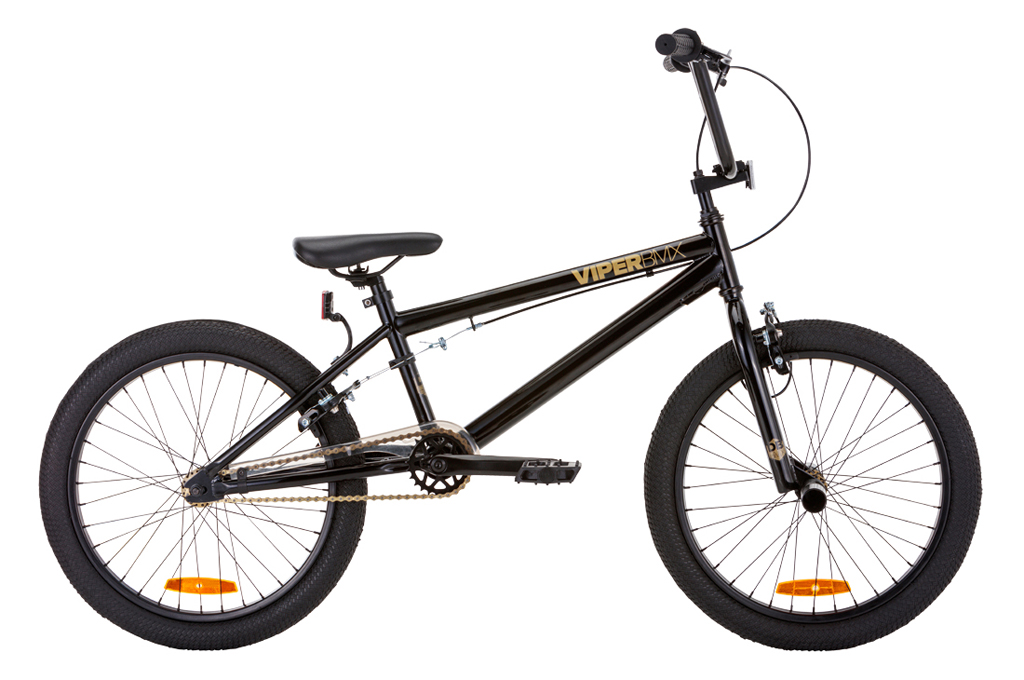
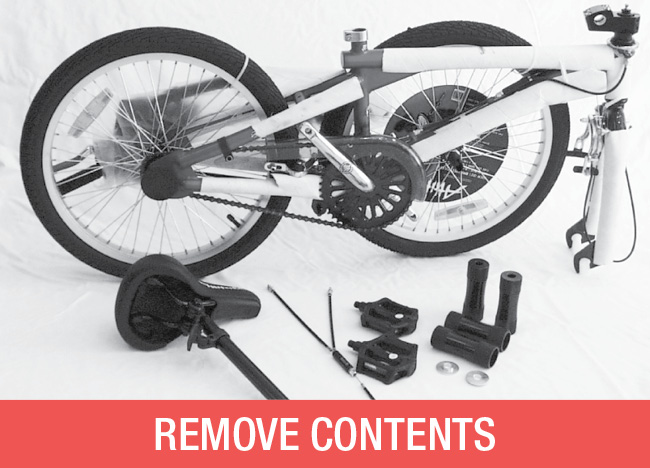
Open the carton from the top, and remove the bicycle. Remove the straps holding the front wheel, handlebar assembly, and the following components: Seat post with saddle, pedals and any other components. Remove the protective paper wrapping from the bicycle.
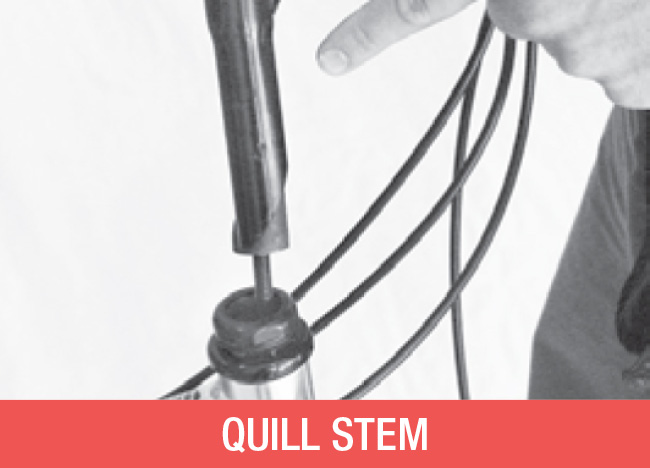
For models fitted with a quill stem, remove the protective cap from the handlebar stem and loosen the central hollow hex bolt, which has the front brake cable running through it. Insert the headstem with handlebar assembly into the head tube of the bike, ensuring the minimum insert mark is fully covered and both handlebars and forks facing the front. Firmly re-tighten the hollow hex bolt. To adjust handlebars to correct angle loosen clamp bolts using 6mm Allen Key. Ensure clamp bolts are firmly re-tightened.
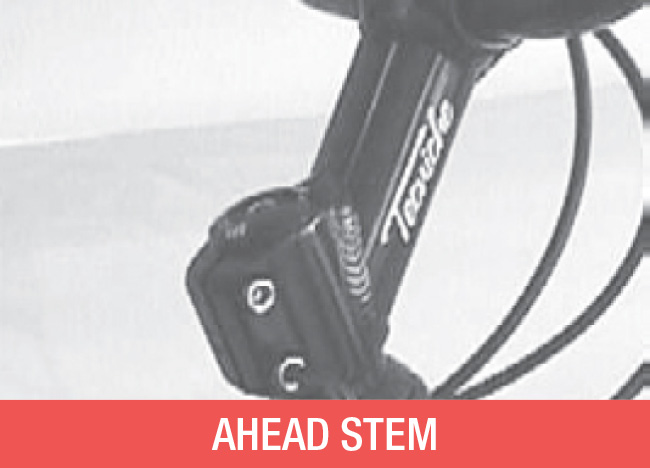
For models fitted with an ahead stem, remove the protective covers and position the handlebar stem over the exposed fork steerer tube. Make sure the fork and handlebars are facing the front. Insert the top dust cap and screw in the central hollow hex bolt, which has the front brake cable running through it. Tighten the bolt to take up the free-play in the head bearing set. Do not overtighten. Firmly tighten the two pinch bolts which clamp the stem to the fork steerer. To adjust the handlebar angle, loosen then firmly re-fasten the four Allen head bolts using a 6mm Allen key.
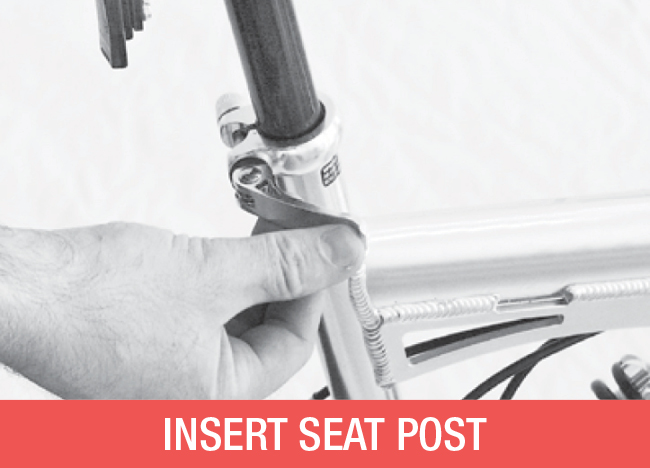
Insert the seat post with saddle into the seat tube of the bicycle ensuring the minimum insert mark on the seat pillar is fully covered inside the frame. Tighten the seat tube clamping bolt using a 5mm Allen Key.
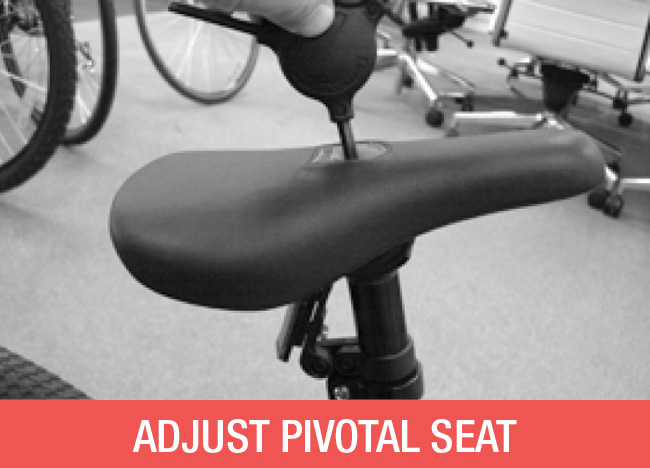
If bike is fitted with a Pivotal Seat Post/Saddle. Adjust Pivotal Saddle by inserting 6mm Allen Key through top of saddle and loosening bolt. Ensure bolt is tightened fully before riding.
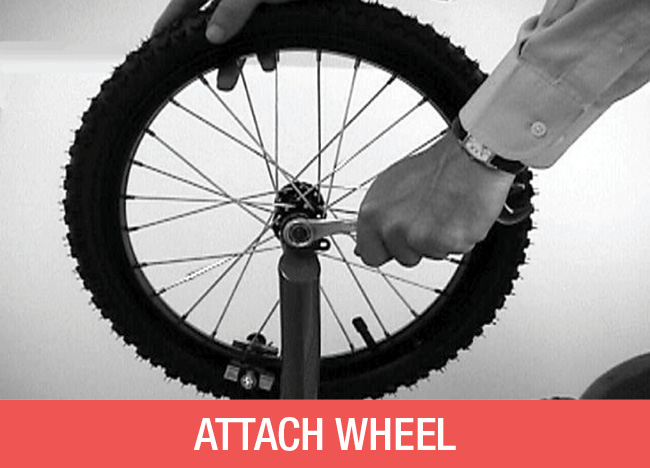
Turn the bicycle upside down and rest it on the seat and the handlebars. Insert the front wheel into the forks. Where supplied, ensure that the small tab on the washer under the wheel nut is located in the slot in the forks. This tab will ensure that the wheel will not fall out should the nuts become loose. Tighten the wheel nuts using a 15mm or 19mm spanner. To install axle pegs (if provided), refer to Owner’s Manual page 16.
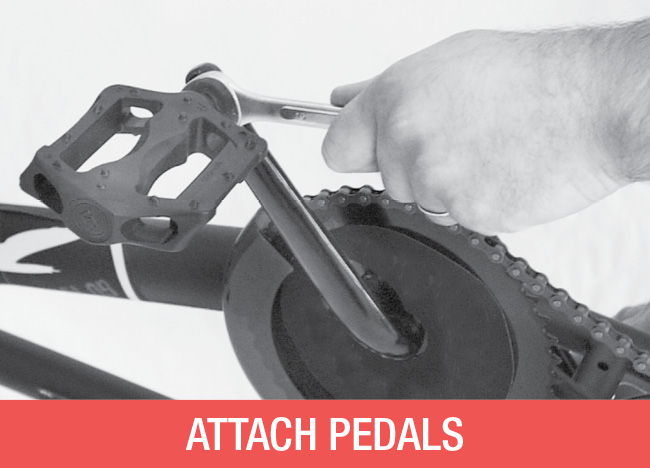
Attach the pedals carefully, engaging the thread initially by hand. The right hand pedal is marked with an “R” and attaches to the right crank in a clockwise direction (the right side is the one with the chainwheel). The left pedal, is marked with an “L” and attaches to the left crank in an anti-clockwise direction. Tighten pedals very firmly using a 15mm spanner. Note: damage will occur if pedals are not attached in the correct direction and firmly tightened.
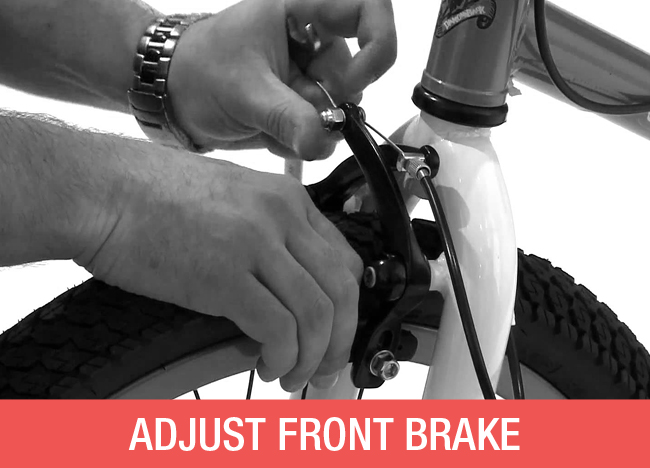
Adjust the front brake by loosening the brake cable at the anchor bolt using a 10mm spanner. Squeeze the caliper by hand to ensure the pads sit squarely and evenly on the rim. Pull the cable tight and re-tighten the anchor bolt so that the brake pads are a maximum of 2mm from the rim on each side. Fine tune by turning the cable barrel adjuster. Brake shoe nuts and cable anchor must be firmly tightened. Be sure the right brake lever operates the front brake.
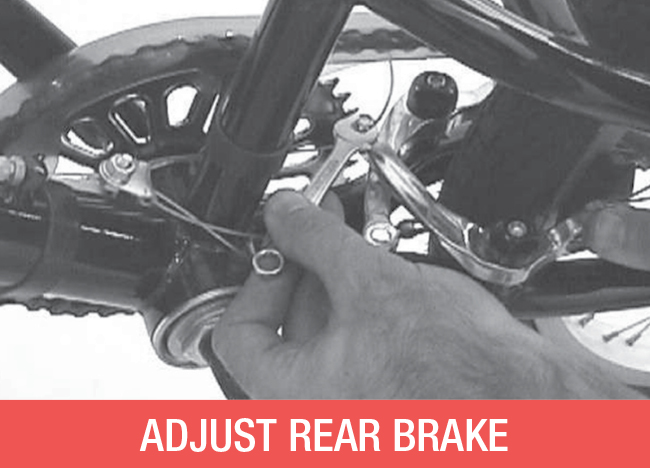
The rear U brake cable must be securely connected and the brake shoes squarely and evenly adjusted to within 2mm of each side of the rim before the control lever is squeezed. Loosen the cable anchor bolt at the U Brake arm to allow the cable wire to slip through. Position the drum shaped cable arm to allow the cable wire to slip through end button into the Left Control Lever and the upper and lower cables into the Rotor plates. Squeeze the brake arms together by hand while pulling the cable wire tight. Then re-fasten the anchor bolt. Firmly squeeze the control lever and check the brake shoe clearance. If necessary undo the anchor bolt and re-connect it if there is too much clearance. Fine tune the clearance using the cables adjusters at the left control lever. Ensure both cables pull evenly through the rotor plates and correst using the screw adjusters if needed.
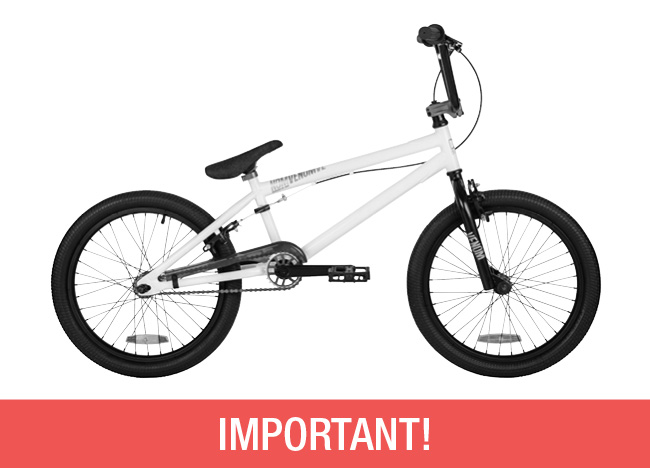
Important! Do not ride until brakes are operating correctly. Ensure cable end protectors are fitted, crimping with a pair of pliers. Ensure all nuts, bolts and fittings have been correctly tightened and tyres inflated to pressure written on tyre sidewalls. Ensure seat post and head stem are inserted past the minimum marks. Proper maintenance of your bicycle ensures you will enjoy many years of happy riding. We recommend that you book your bike into a bike shop for regular services at no longer than six month intervals to ensure maximum performance.
